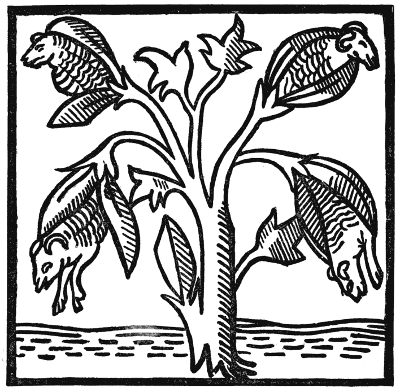Know Your Fiber: Cotton
Posted on July 06 2017

Cotton has been used for millennia. The earliest evidence of human use of cotton has been found on the Indian subcontinent, where cotton threads were found in copper beads dating from 6000 BCE-5000 BCE. Interestingly, the remains of cotton fabric found in a cave in Mexico dated to around 5800 BCE show cotton use being developed at around the same time by a completely different culture halfway around the world.
There is also evidence to suggest that the earliest cotton farming took place on the Indian subcontinent between 3300 BCE and 1300 BCE. Again, pretty much concurrently and completely independently, this was closely followed all the way across the Pacific Ocean by people in Mexico who began to domesticate cotton native to the area between 3400 BCE and 2300 BCE. By 4200 BCE, cotton cultivation and trade was established in the area now known as Peru, where it was used for fishing nets and later clothing. By the time the conquistadors arrived in western South America in the 1500s, they found (perhaps to their surprise) that people there already wearing and using cotton.
The rest of the world would have to wait as cotton gradually made its way from the Indian subcontinent to other adjacent continents and countries. Over many, many centuries, the use of cotton and cotton fabrics gradually spread from the Indian subcontinent to Asia, Europe, and Africa. Cotton was known by Iranians by 5 BCE, closely followed by Egypt and other countries in the Middle East and northern Africa. By 220, cotton was being grown in southern China. By the 700s, Middle Eastern traders were regularly bringing cotton goods to Italy and Spain, and by the 1100s a cotton spinning and weaving industry had begun in Italy. However, it took until the late Middle Ages (1300s-1400s) for cotton trade to become established in northern Europe. People in Europe were fascinated with cotton, as the thought of wool coming from a plant was a novel idea. The idea was so foreign to Europeans that for some time, cotton was thought to come from a vegetable lamb: a sheep that grew from a stalk like a plant. A number of pictures were created depicting this vegetable lamb, such as the one accompanying this article.
By the end of the Middle Ages, most people in Europe understood that cotton came from a plant – not some strange plant/animal hybrid. Much of the cotton used by Europeans still came from around the Indian subcontinent and the Middle East, though. It wasn’t until 1607 that the first cotton crop was planted by Europeans in North America by the Jamestown settlers. But during the colonial period of North America, heavy cotton production was discouraged by the English in order to protect their woolen and linen manufacturers, as well as the East India Company, which was responsible for much of the raw cotton imported to Europe.
However, the Industrial Revolution (and the American Revolution), would begin to change all that. The new weaving factories of the Industrial Revolution needed cotton in quantities not before seen. The American Revolution freed the American colonies from the cotton growing restrictions of the British, and with the invention of the cotton gin (which removed cotton seeds, a previously labor intensive process) a new raw cotton farming industry was born in North America. Sadly, it was also an industry that depended on slavery. By the mid-1800s, cotton growers of the United States were the top providers of cotton in the world, and were some of the wealthiest people in the nation. However, it was the sale of slaves to cotton farms was largely responsible for the continuation of slavery in the United States even after other countries in Europe had stopped the practice. With the United States’ Civil War and the Emancipation Proclamation, slavery was abolished, although many former slaves and their descendants continued to work on cotton farms as sharecroppers all the way through the 1950s.
Today cotton is grown throughout the world, and we depend on farm machinery rather than people to provide the labor for this crop. Although the United States and many other countries continue to grow cotton, China is now the number one producer of this crop.
Cotton is popular among spinners, knitters and crocheters for its lightness, drape, and breathability. It is a favorite warm weather fiber. It is also popular to blend cotton with other fibers, such as wool, to produce uniquely textured yarn that shares qualities of both fibers. Here at Northwest Yarns, we have cotton yarns for knitting, crocheting and weaving, cones of weaving cotton for looms, and cotton sliver in a variety of cultivars for all the spinners out there. To see all the cotton we have available, please stop by the store or browse our online catalog!

Follow US